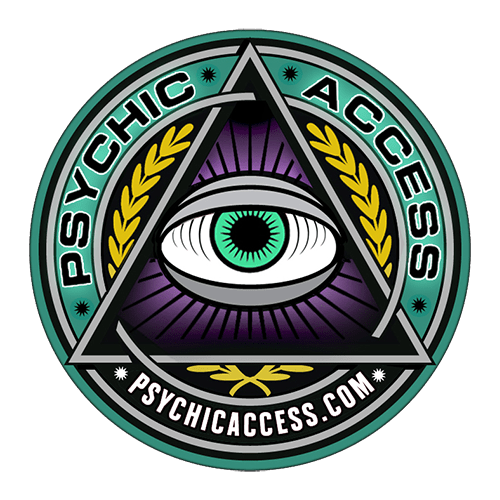Telekinesis is the ability to move small objects from a distance with the mind. These objects include atoms, molecules, grains of sand and salt, and numbers on dice or random generators. This phenomenon has fascinated the world for centuries. Scientists launched a serious scientific effort to address these issues in the late 19th and early 20th centuries. They decided to study telekinesis, psychokinesis, and other unexplainable paranormal phenomena.
They conducted these studies in laboratories on university campuses throughout the United States and Great Britain. People worldwide have been fascinated by the various abilities psychics seem to possess. These abilities include moving objects, lifting people and chairs, bending spoons with the mind, predicting the future, communicating with spirits, discussing reincarnation, and last but not least- experiencing near and after-death experiences.
Scientists Have Deemed Paranormal Science Not Worthy Of Scientific Study

Although most scientists consider paranormal science kooky, pseudoscience, or fake, some do believe in parapsychology. They consider the field an “embryo science,” which deserves more scientific analysis. These scientists believe studying these phenomena may lead to scientific development that adds to physics and quantum mechanics laws. Dr. Brian Josephson is a retired physics professor at the University of Cambridge in London and a former Nobel Laureate.
He and the late astrophysicist and famous author Carl Sagan believe there is enough scientific evidence to support some parapsychological phenomena. He also feels that scientific research should continue in these fields. Dr. Josephson felt that the quantum mechanics theory was merging with information and computation theories. This merger may lead to an explanation of a phenomenon not understood by conventional science. He wrote that one is telepathy, where Britain was at the forefront of research.
Astrophysicist Carl Sagan Was A Big Believer Of Telepathy

The late Dr. Sagan suggested there were claims in the field of parapsychology that had experimental support, and he believed they deserved “serious study, as they may be true.” Dr. Sagan referred to telekinesis as one parapsychology area with scientific experimental promise. It also included experiments conducted at Princeton Engineering Anomalies Research Lab.
Through The Years, Scientists Have Experimented With Telekinesis
They involved attempting to control and move objects, from a distance, by concentrating the mind on the object. The scientists experimented on big and small things, known as macro-telekinesis and micro-telekinesis. At Princeton, Dr. Robert Jahns, the founder of the PEAR project, used a true random number generator to produce a data stream recorded and analyzed by computer software.
They based this generator on electronics, electricity, and radioactive noise. In this study, people attempted to change the pattern of randomly generated numbers by focusing their minds. This experiment is similar to flipping coins and defying mathematical probability by concentrating the mind and its energy to change the outcome of the random numbers.
After using meta-analysis, a statistical technique, over 28 years, Jahns found a small and consistent overall positive effect. The concentration of the mind on generated random numbers was statistically significant, and humans could alter randomly generated numbers through telekinesis. Despite Jahn’s findings, the scientific experiments on college campuses with paranormal phenomena ended in 1988.
After 130 years of scientific research, the United States National Academy of Scientists reported no evidence that paranormal and parapsychological phenomena exist. Today, Great Britain and 30 other countries continue experimentations and practices of paranormal abilities. Several other entities also continue to explore and learn, including private institutions, fortune tellers, astrologists, and modern practitioners of psychokinesis and telekinesis.

Readings as low as $10!

Readings as low as $5!

Get 6 minutes free!









